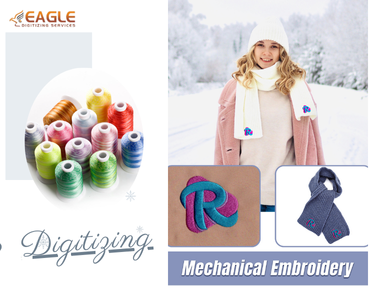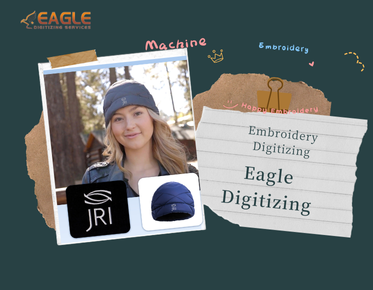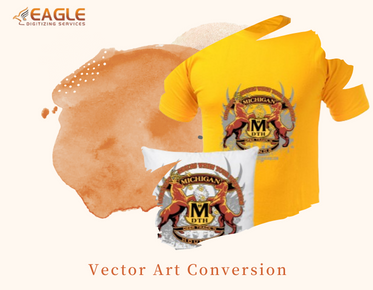Modern Uses of Machine Embroidery
Machine embroidery has evolved significantly over the years, becoming an integral part of various industries. Today, it is not just a tool for creating decorative patterns on fabric but a versatile technology that serves multiple purposes across different sectors. From fashion to corporate branding, machine embroidery is a key player in modern design and production.
The Fashion Industry
In the fashion industry, machine embroidery is used to add intricate designs and textures to garments, enhancing their aesthetic appeal. Designers often use embroidery to create unique patterns that set their collections apart. The ability to produce detailed and consistent designs quickly makes machine embroidery an invaluable tool for fashion houses. Moreover, the rise of fast fashion has increased the demand for quick and efficient production methods, where machine embroidery plays a crucial role.
Corporate Branding and Promotional Products
Machine embroidery is extensively used in corporate branding. Companies often require their logos to be embroidered on uniforms, promotional items, and corporate gifts. This not only helps in brand recognition but also adds a touch of professionalism to the products. Services like embroidery digitizing convert logos and designs into a format that embroidery machines can read, ensuring precision and quality in the final product.
Home Decor and Personalization
Home decor is another area where machine embroidery is making waves. From embroidered cushions to wall hangings, the possibilities are endless. The personalization trend has also fueled the demand for custom embroidered items. People love to have their initials or unique designs on their belongings, and machine embroidery makes this possible with ease and precision.
Technological Advancements in Embroidery
Technological advancements have significantly enhanced the capabilities of machine embroidery. Modern embroidery machines are equipped with sophisticated software that allows for complex designs and patterns. This has opened up new possibilities in terms of creativity and efficiency. For instance, 3D Puff embroidery creates a three-dimensional effect, adding depth and texture to designs, which is particularly popular in the production of caps and hats.
Industrial Applications
Beyond fashion and home decor, machine embroidery is also used in industrial applications. It is employed in the automotive industry for creating durable and aesthetically pleasing interiors. The ability to withstand wear and tear while maintaining visual appeal makes embroidered components a preferred choice for car manufacturers.
The Role of Eagle Digitizing
Companies like Eagle Digitizing play a pivotal role in the embroidery industry by providing top-notch digitizing services. They specialize in converting artwork into stitch files that embroidery machines can interpret, ensuring high-quality outcomes. Their services cater to a wide range of clients, from small businesses to large corporations, offering solutions that are both efficient and cost-effective.
Future Trends in Machine Embroidery
As technology marches forward, the future of machine embroidery is brimming with promise. The incorporation of artificial intelligence and machine learning holds the potential to significantly elevate the precision and capabilities of embroidery machines. Moreover, the increasing focus on sustainability is likely to drive the development of environmentally - friendly embroidery techniques and materials.
Amidst these trends, Eagle Digitizing stands out, offering top - notch embroidery digitizing services. Our team of experts is dedicated to translating your creative ideas into digital files that are perfectly tailored for embroidery machines. Whether you're a fashion designer aiming for intricate patterns or a business seeking to brand promotional items, Eagle Digitizing provides the digitizing solutions you need.
The potential for innovation in the machine embroidery field is boundless. It's truly exciting to anticipate how machine embroidery, with the support of services like those offered by Eagle Digitizing, will continue to evolve and adapt to new challenges and opportunities, shaping the future of design and production across various industries.



